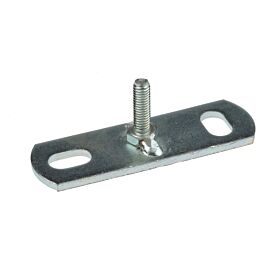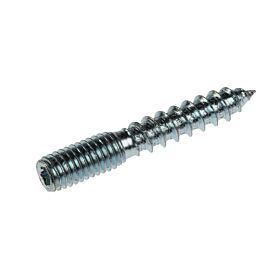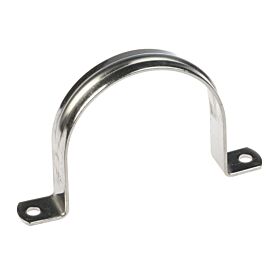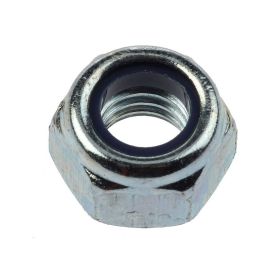What Are Connection Elements? Core Functions and Industrial Applications
Defined spacing, fixed orientation and controlled behaviour are achieved through connection elements
that lock structural parts into place. Clamping force or threaded pressure is applied to secure parts
without welding, adhesive or deformation. In technical assemblies, each unit holds position under load
and aligns frames, surfaces or mounting structures across functional axes. That includes wall plates for
surface attachment, hanger bolts
for dual-material fastening, saddle clamps
for pipe retention and lock
nuts for mechanical thread securing. Fastening components are used in modular systems where joints
must be repeatable, tightly fitted and stable under pressure. In processing lines, structural enclosures
and industrial supports, metal connection elements absorb load without distorting layout. Parts made
from stainless steel, galvanised steel or aluminium meet standards for durability, corrosion resistance
and dimensional precision. Connection elements serve a defined function where movement must be
blocked, alignment retained and contact surfaces stay engaged. From infrastructure to machinery
frameworks, each joint preserves physical structure by locking components into position for long-term
operation.
Connection Element Subgroups
Connection elements are divided into subgroups according to mechanical function within structural
assemblies. Some components provide fixed surface attachment, others enable rotational alignment,
bracket positioning or axial force transfer. Each subgroup corresponds to a specific type of joint
behaviour, whether static or load-bearing. While fastening methods differ, all elements serve the same
purpose: to create reliable, repeatable structural connections across variable conditions. The
assortment includes systems for point anchoring, tube intersections, base mounting and edge
reinforcement. Each group complements the others and can be combined in assemblies that require
layered or directional stability. Consistent dimensions and material compatibility ensure that all
subgroups integrate into wider frameworks without mechanical conflict.
Materials and Manufacturing for Structural Connection Elements
The material composition of each connection element influences how it withstands mechanical load,
resists deformation and maintains thread engagement over time. In areas with torque, vibration or
axial pressure, structural performance depends on how well the part preserves shape and surface
contact. Components exposed to environmental variation or repeated force are engineered to manage
stress while maintaining dimensional precision. Galvanised steel provides protection in controlled
settings, while stainless steel is used where resistance to corrosion and long-term wear is critical. In
installations involving wood, steel or concrete, thread geometry and mounting tolerance must match
the substrate to ensure consistent torque and reliable anchoring. Surface treatments reduce friction
and protect threads during assembly. Dimensional accuracy ensures that fastening components
connect securely, transfer load cleanly and assemble without mechanical interference or forced
adjustment.
Standards, Testing and Quality Requirements for Connection Elements
Across construction and industrial sectors, connection elements are subject to recognised norms that
guide design, selection and inspection. Standards including DIN (Germany), ISO (international) and EN
(Europe) set measurable criteria for thread pitch, tensile capacity, surface coating and dimensional
consistency. Each classification supports traceability and ensures compatibility between components
sourced from different manufacturers. Testing procedures are selected based on application and may
include torque validation, shear testing, pull-out resistance and corrosion exposure cycles. Certification
is often required in projects where safety, durability or regulatory compliance must be demonstrated
through documented performance. In high-risk environments, adherence to the correct standard helps
prevent structural failure and ensures components meet the expectations set out in technical
specifications. Reference to current standards also simplifies coordination between engineering
teams, suppliers and site inspectors during planning and installation.
Service and Advice for Optimal Connection Solutions
Buisklem supports customers throughout Europe with technical advice focused on product selection
and application. Whether working with wall plates, hanger bolts, saddles or lock nuts, the goal is to
match the right component to the demands of each structure. Guidance is based on material
compatibility, mounting conditions and mechanical load. Support extends across regional markets,
helping installers, planners and procurement teams maintain consistent specifications across borders.
With experience in both standard and project-based requirements, Buisklem provides reliable service
throughout the European construction and industrial sectors.




